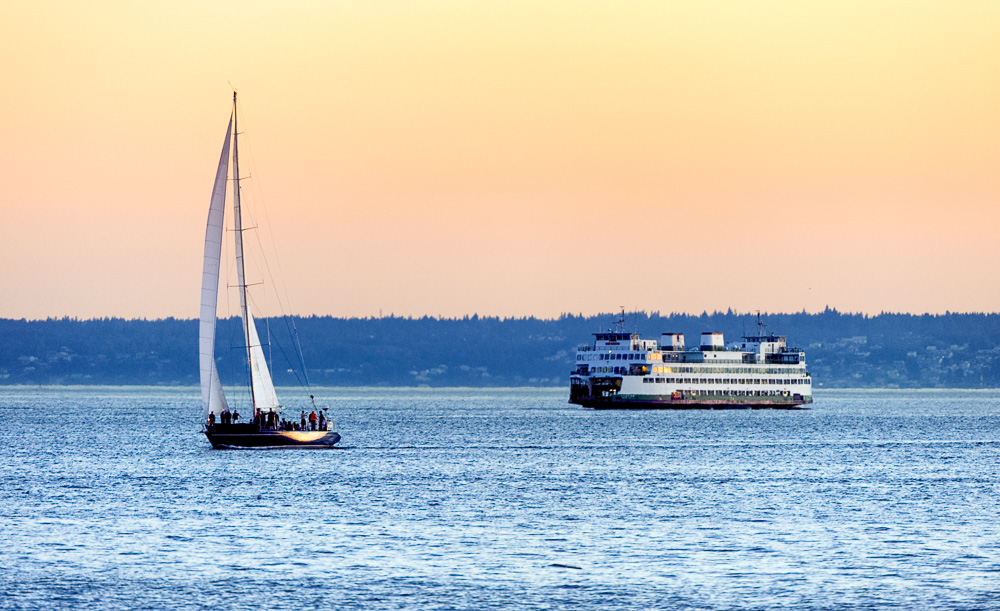
 Q: Why are fats, oils, and grease (or F.O.G.) a concern for utility customers?
Q: Why are fats, oils, and grease (or F.O.G.) a concern for utility customers?
A: F.O.G. can build up in your private side sewer or in the public sewer system and can block it, resulting in a sewage backup into your home, onto the street, or in our natural water bodies.
Q: What are some commons sources of F.O.G.?
A: F.O.G. is found in common food and food ingredients such as meat, fish, butter, cooking oil, mayonnaise, gravies, sauces and food scraps.
Q: How does it build up in the sewer system?
A: Everyday washing of plates, pots, pans, and cooking equipment send F.O.G. down drain. Small amounts of F.O.G. washed down the drain over time can eventually build up in the sewer system.
Q: What is a side sewer?
A: It is the section of pipe that carries wastewater from your home or building’s plumbing system to the public sewer main (usually located under the street).
Q: Who is responsible for maintaining the side sewer?
A: Property owners are responsible for maintaining and repairing their side sewer.
Q: I don’t pour oil down the drain, so I shouldn’t have any F.O.G. buildup in my side sewer. Correct?
A: No, you may still have a problem if you wash even small amounts of food and F.O.G. from your plates, pots, pans, and cooking equipment down the drain. Over time this can still build up in your side sewer.
Q: What do I do if I have a backup?
A: Call a plumber or side sewer cleaning service first, as the problem is most likely to be in your home’s side sewer. However, if sewage is coming into your property when you are not using water, you should call for a Seattle Public Utilities’ maintenance crew immediately at 206-386-1800.
Q: If I do have a problem, what questions should I ask?
A: Where is the blockage? Have your drain cleaning service write down where they believe the blockage to be. Also, have them mark the spot on the ground. This information is helpful in determining if the problem is within the city’s area of responsibility. The mark can also be helpful if you must dig up the pipe to repair it.
A: What is causing the problem? Have your service provider write down the probable cause of the blockage. Knowing the type of blockage will help determine what method should be used to open it, and if regular maintenance is needed in the future.
Q: Doesn’t the City take care of blockages?
A: If the blockage is in your side sewer, you are responsible for the maintenance and repair. If the blockage is in the public sewer system, the City will clear the problem.
Q: Why should I care about F.O.G. buildup and backups?
A: F.O.G. buildup can cause sewage to backup into your home or property or others near you. If you are identified as a source of the F.O.G. discharge, you can be held accountable for cleanup costs (Seattle Municipal Code 21.16).
Q: What can I do to prevent F.O.G. buildup?
A: There three things you can do:
- Pour cooled F.O.G. into a covered, disposable container and throw it into your garbage. COOL IT, CAN IT, TRASH IT.
- Scrape all remaining food scrapes from your plates, pots, and pans into your food and yard waste cart before you wash your dishes.
- Use sink strainers to catch food waste during dish washing, and regularly empty the strainer into your food and yard waste cart.
Q: Can I bring my waste cooking oil to a recycler?
A: Yes, there are businesses in the Puget Sound area that accept waste grease, such as Standard Biodiesel or General Biodiesel.
Q: Is using my garbage disposal OK?
A: F.O. G. will still build up in your side sewer if you use a garbage disposal. We prefer that you scrape all remaining food scraps from your plates, pots, and pans into your food and yard waste cart. Soak up remaining fats, oils, and grease with a paper towel and also dispose in your food and yard waste cart.